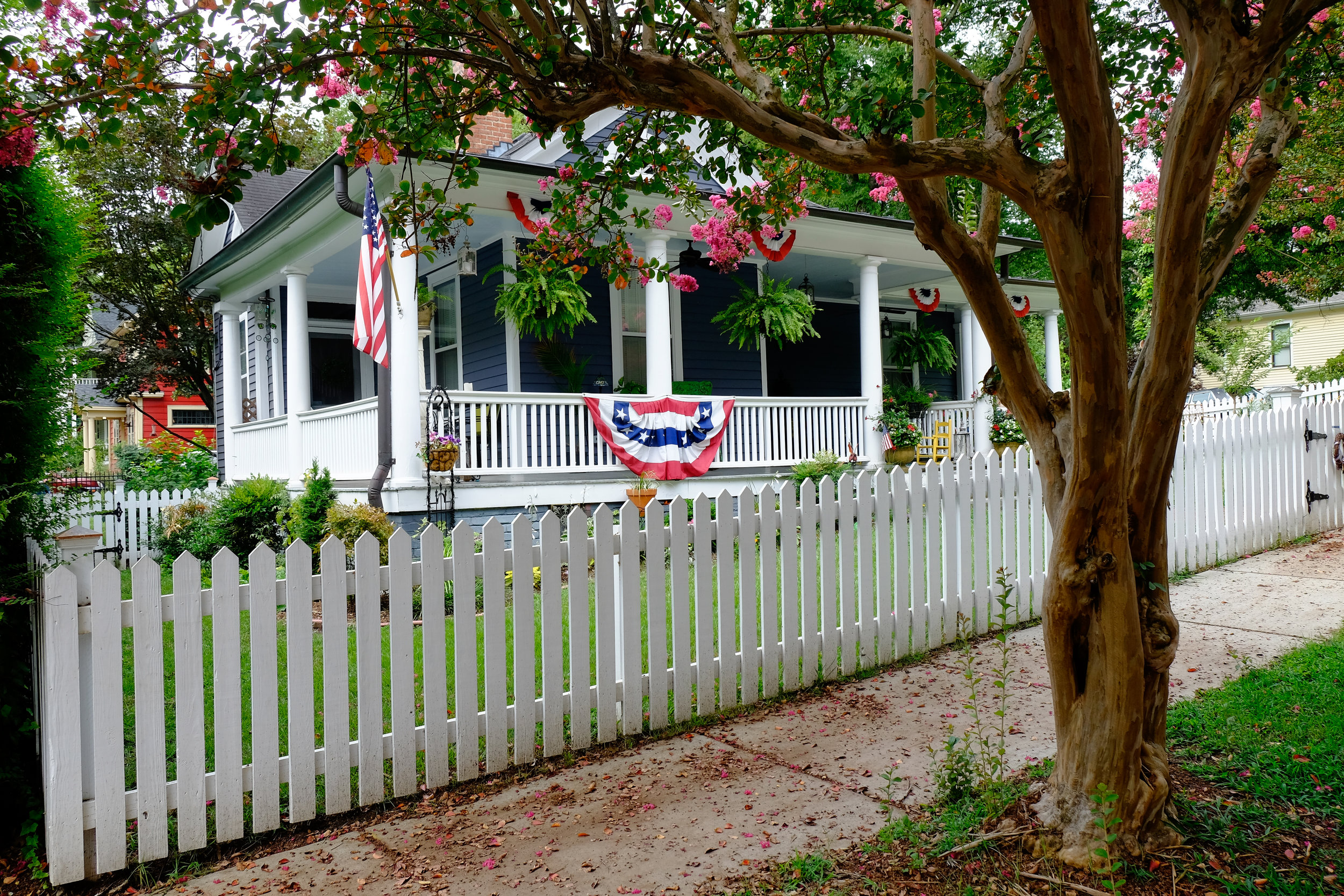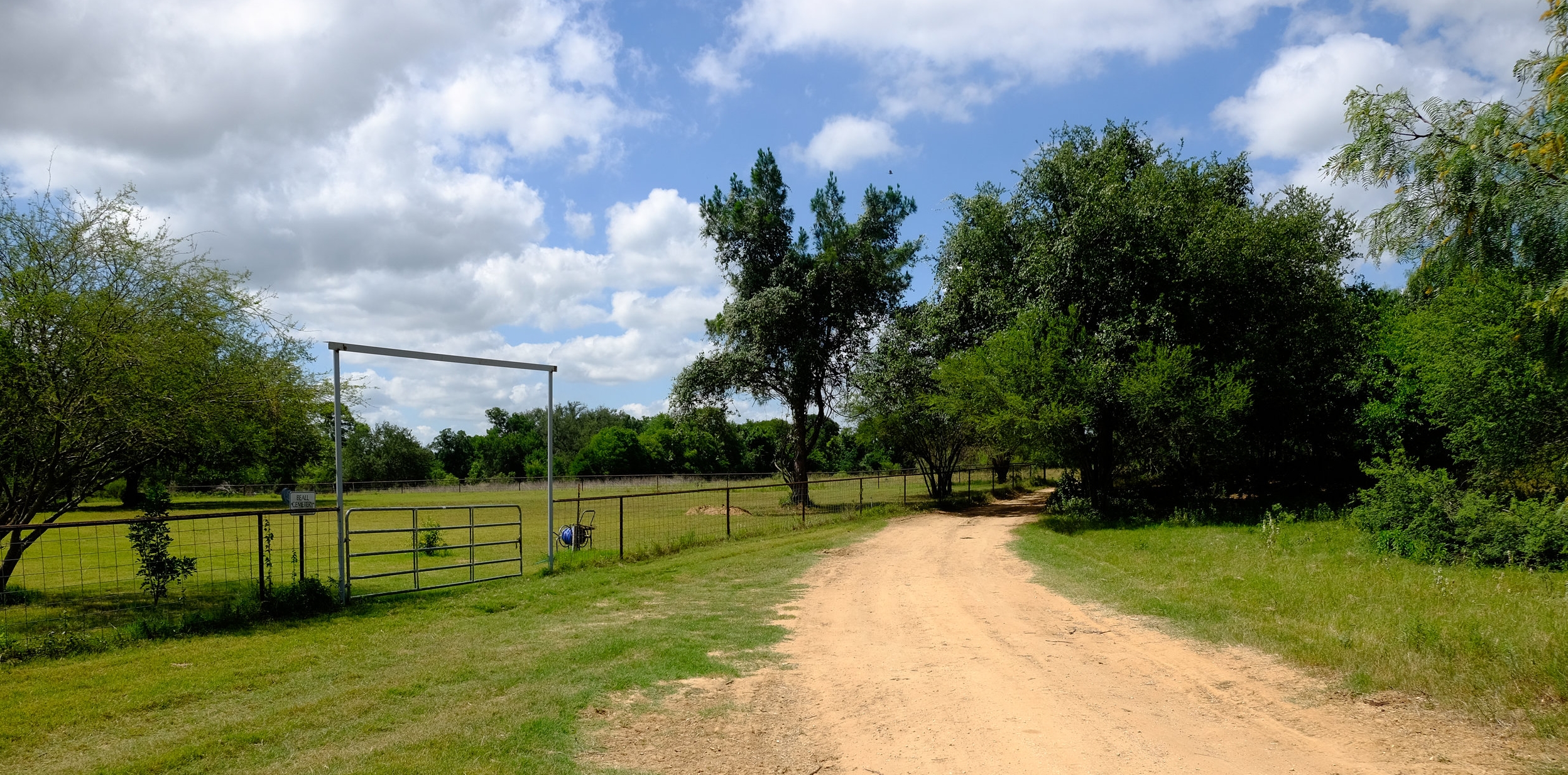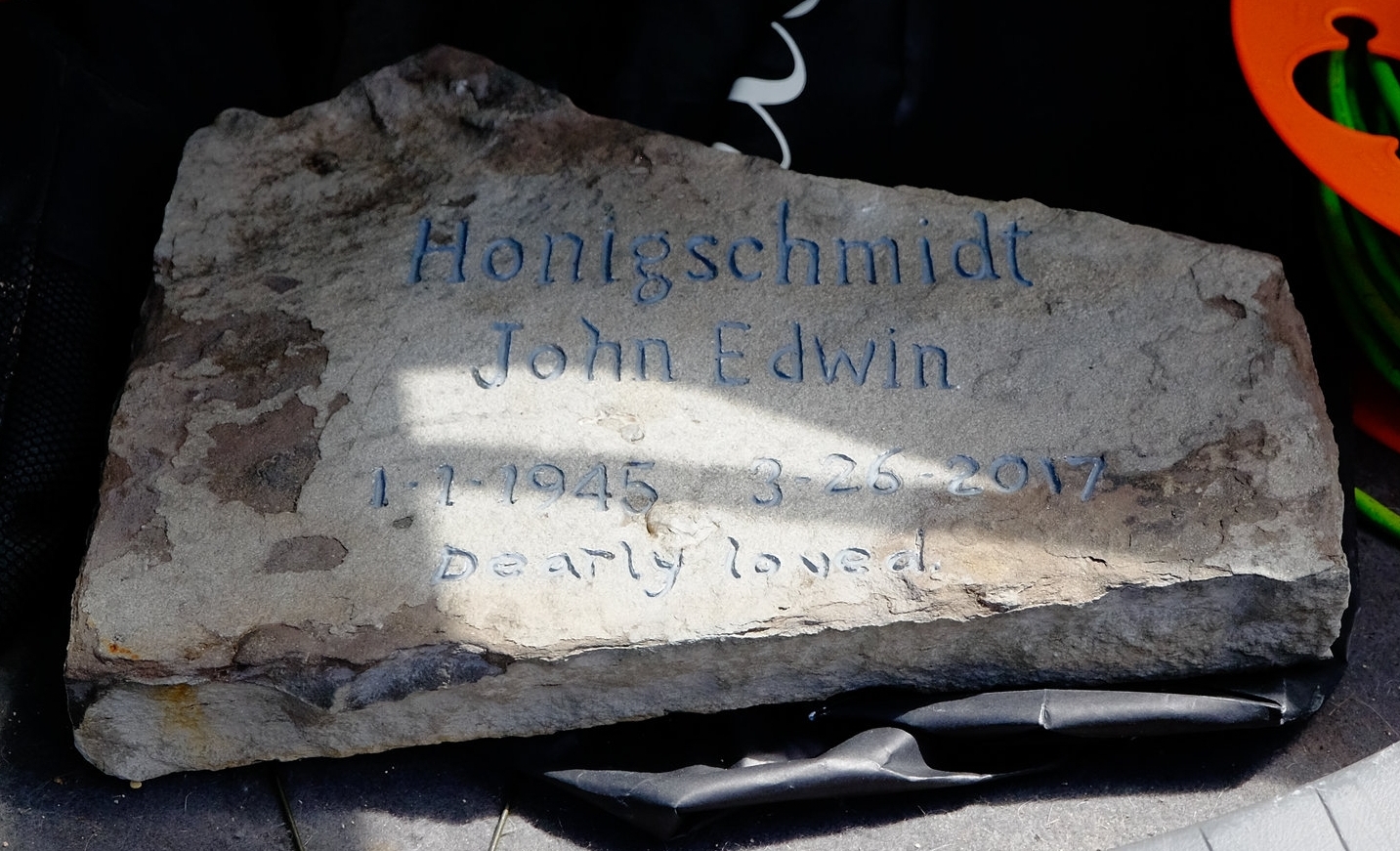Rosemont Cemetery all photos by Tom Bailey
Does one more hybrid cemetery mean much? I’ve visited more hybrids than either natural or conservation, and for the same reason that they are good for the green burial movement: they are relatively easy to set up and there are more of them: of the 142 cemeteries listed in The Natural Burial Cemetery Guide, 86 are hybrids.
Hybrids aren’t as “sexy” as conservation burial grounds, but when done well and cared for they offer people green afterdeath options do alot to change the conversation if people are willing to look at them with an open mind and not an all-or-none approach.
Rosemont Cemetery, a non-profit historic burial ground with graves dating from 1729, is in central New Jersey not far from the Delaware River, where the rolling land is still farmed and quaint river towns compete with farm-market towns to charm visitors. We drove down on a grey drizzly Friday, stopping for lunch in Stockton, where a bridge over the river connects Pennsylvania to New Jersey. The town was very quiet, in pre-weekend mode, but we found a pizza place that opened on Fridays for lunch and fueled up alongside a handful of locals before heading out on winding roads (probably better navigated by horse and buggy and farm equipment) to find Rosemont.
In spite of its fancy name, Rosemont Memorial Garden and Natural Burial Area is really just a grassy corner of the cemetery, beyond the conventional graves.
It’s bordered in back by a brambled creek and a the edge of the cemetery’s undeveloped land, which gives a long view to neighboring farm buildings. Since its opening only a few bodies have been buried around the central garden and rocks.
But after the time spent on the river, and the very nature of this area of my home state, so different from my suburban region, I realize that place is an important part of green burial. You’re not being buried in an anonymous mahogany box in an anonymous conventional cemetery, you are buried in a natural landscape. To those for whom this rolling farmland near the Delaware River evokes a visceral response, like me and the Maine coast, there would be a deep physical meaning in being buried in it, in becoming part of the earth here.


























